3. Between Germany and England

At the end of the 19th century, several German ships carried the Blue Riband. The Norddeutscher Lloyd and the Hamburg-Amerika Linie were competitors, of which the former was considerably more successful.
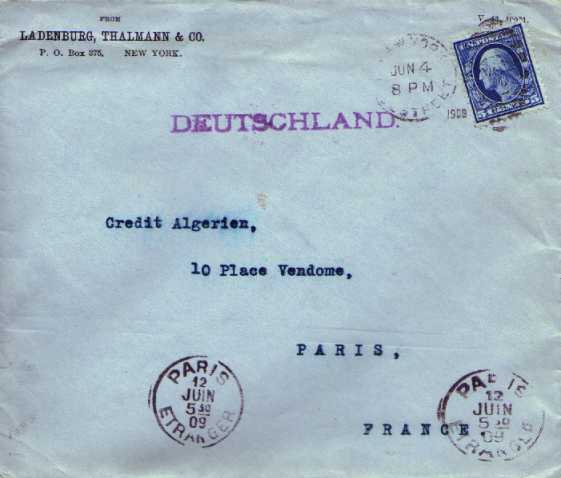
Of the Hamburg-Amerika Linie, the DEUTSCHLAND was the only ship to carry the Blue Riband. She took it from the WILHELM DER GROSSE of the Norddeutsche Lloyd but had to give it to the KRONPRINZ WILHELM of the same company after only one year.
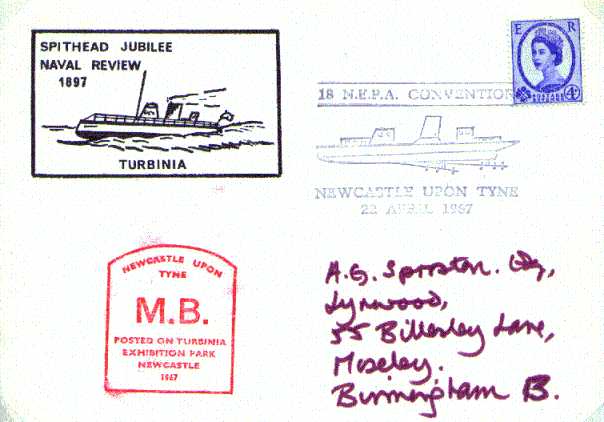
To make more efficient use of the power of steam, the steam turbine was developed. On the Spithead Naval Review of 1897, the Irish Charles Parsons convincingly showed the possibilities of the steam turbine by sailing with high speed between the battle ships with his yacht TURBINIA. The TURBINIA is now at the Museum of Science and Engineering in Newcastle upon Tyne.

| The LUSITANIA of the Cunard Line carried the Blue Riband in 1907. She made history when she was torpedoed in 1915 by the German submarine U-20, which was the immediate cause of the participation of the United States in World War I. |

| Only after a few months the LUSITANIA had to give the Blue Riband to her sister, the MAURETANIA. She would carry the trophee for not less than 22 years, until 1929. |
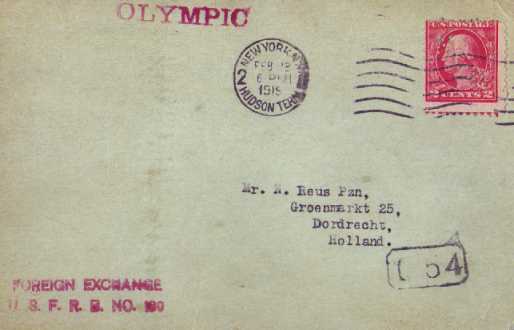
The OLYMPIC - sister of the "unsinkable" TITANIC, was built in 1911 for the White Star Line. After the merger with the Cunard Line in 1934, she sailed for that company for one more year.

On 11 April 1912 the TITANIC of the White Star Line left Cobh, Ireland for het first journey to America, which would end in the best-known shipping disaster ever. Although of course it was a terrible disaster, the current interest for the ship is somewhat overdone, considering the fact that she had two sisters, the OLYMPIC and the BRITANNIC, which struck a seamine as a troop ship in 1914.
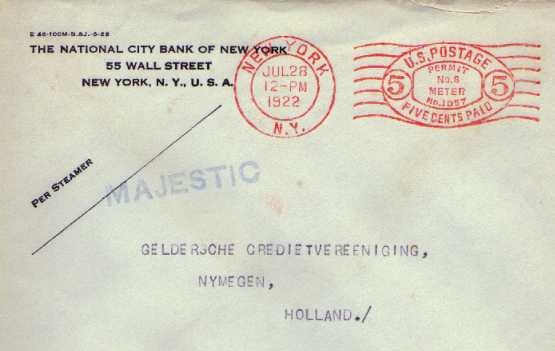
The MAJESTIC was built as the BISMARCK for the Hamburg Amerika Linie. From 1922 until 1936 she sailed for the White Star Line. Until the NORMANDIE was launched in 1935 she was the largest ship in the world.
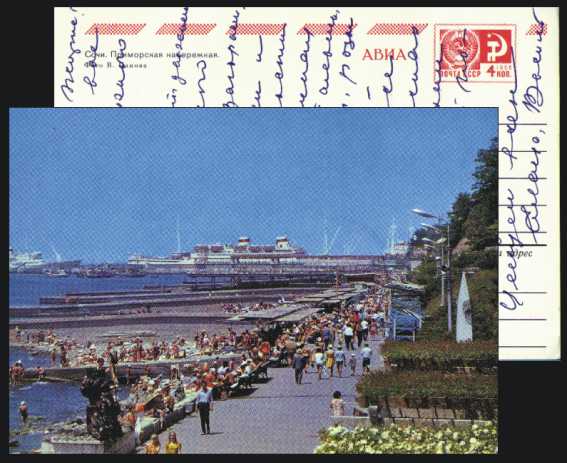
The BERLIN (1925) of the Norddeutscher Lloyd survived World War II as a hospital ship in a Norwegian fjord. After she struck a mine in 1945, she was salvaged by the Russians. After that time, she sailed on the Black Sea as ADMIRAL NAKHIMOV until she sank after a collision, with 398 casualties.



|